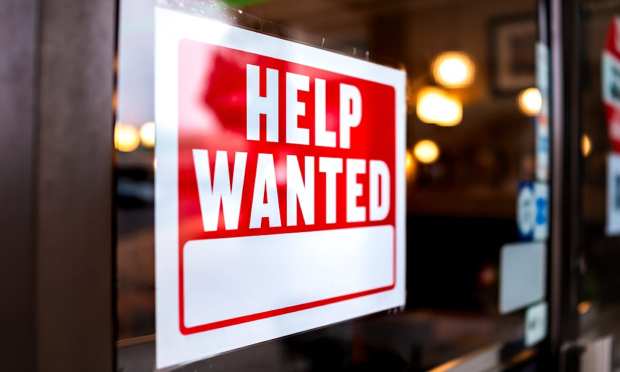Report: Nearly Half Of SMBs Need More Employees

The National Federation of Independent Business (NFIB) indicated that a record-high 48 percent of small business owners are looking for more help, dampening optimism as the world reopens after more than a year of COVID-19 pandemic lockdowns.
“The labor shortage is holding back growth for small businesses across the country,” NFIB Chief Economist Bill Dunkelberg said in a press release on Tuesday (June 8), adding that small businesses would see more sales and get closer to pre-pandemic levels if there were enough people to handle the needs of customers.
Dunkelberg also said that Main Street inflation has caused small and medium-sized businesses (SMBs) to become “uncertain about future business conditions.” The drop in SMBs’ confidence triggered a decline of 0.2 points in May to 99.6 in the NFIB Small Business Optimism Index. SMB optimism had been going up every month this year except for May.
On top of that, workers are quitting the food-services industry at “record” rates, Bloomberg reported, citing the Labor Departments’ JOLTs Report: 5.6 percent of workers quit their jobs in April. The unemployment rate for eating and drinking establishments stood at 9 percent for May.
The pandemic has taken its toll on SMBs in developing countries that lacked the benefit of government assistance and were forced to rely on loans. An Indonesian government study indicated that 98 percent of SMBs experienced a decline in revenue, and 45 percent had to lay off employees.
PYMNTS’ latest study, After Vaccines: What Mass Vaccinations Mean for Main Street Merchants, indicated that as the world returns to some type of normal, one in four Main Street SMB owners said things are back to pre-pandemic levels. Others anticipate that business will hit pre-pandemic levels before Halloween.
In a June PYMNTS study in collaboration with Pollinate, data showed that some 53 percent of respondents from the U.S., the U.K., Australia and Brazil said it is more of a priority to shop local businesses today than it was before the pandemic began. However, the latest research from PYMNTS shows that in practice, only 18 percent of consumers in these four countries turn to local stores, while the majority use eCommerce marketplaces, chains and mass-merchant retailers.
